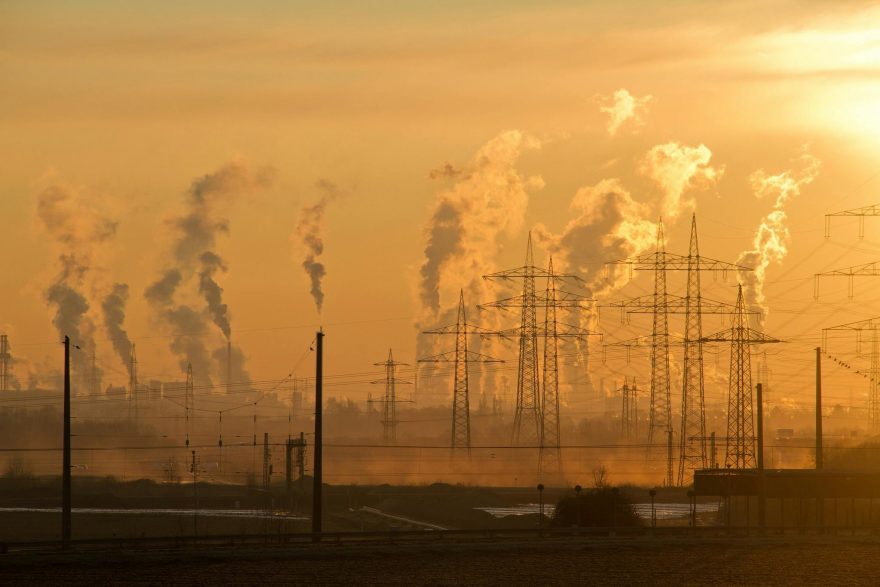China invests $625.000 billion in renewables, accelerating the global end of fossil fuels.

China’s renewable energy boom is already reducing its fossil fuel consumption and could trigger a global decline in oil, coal, and gas by 2030, according to Ember.
China, once the engine of global demand for fossil fuels, has emerged as the country that could precipitate its structural decline. According to a report by the organization Ember, the Record investment of $625.000 billion in renewables by 2024 has transformed its electricity system to the point that, by 2025, solar and wind generation will have already exceeded demand growth. This milestone reduced 2% fossil consumption compared to the previous year. The global impact is imminent: the avalanche of Chinese clean technologies is lowering costs across the globe and accelerating the energy transition in emerging economies.
An unprecedented renewable revolution
The scope of China’s renewable energy expansion is difficult to compare. Between 2021 and 2024, the country doubled its wind and solar capacity to 1.400 GW, exceeding the target of 1.200 GW set for 2030 by six years. In the first half of 2025 alone, it installed additional 260 GW, more than double the rest of the world in the same period.
The data China Electricity Council are overwhelming: installed wind capacity increased by 98,9% year-on-year up to 50 million kilowatts, while solar grew by 107,1%, reaching 210 million kilowatts. No other country has deployed such infrastructure in such a short time.
This explosion is explained by a strategy that combines massive state support, manufacturing leadership, and climate goals. China today produces the 80% of solar panels and the 60% of wind turbines in the world, in addition to dominating the manufacture of batteries, electric vehicles and heat pumps.
A domino effect on global markets
The impact is not limited to China. By making key technologies cheaper, the Asian giant is allowing Emerging countries jump directly to clean energy systems without going through an intensive fossil stage.
According to Ember, in 2023 A quarter of emerging economies have surpassed the United States in electrification, thanks to the arrival of low-cost Chinese solutions. This has created what analysts describe as “self-sustaining momentum”: a dynamic in which the expansion of renewables and electrification advance together, driving a virtuous cycle of decarbonization.
The organization projects that if this trend continues, Global demand for fossil fuels will enter a structural decline by 2030., a historic turning point in the fight against climate change.
The fall in fossil demand
The effect is already evident in domestic figures. During the first half of 2025, wind and solar generation covered all the growth in Chinese electricity demand, which allowed to reduce by a 2% fossil consumption compared to the same period in 2024.
The economic magnitude of the transition is equally remarkable. The clean energy sector already contributes $1,9 trillion to the national economy, approximately one-tenth of China’s GDP, equivalent to the entire size of the Australian economy. Moreover, Chinese companies lead the global technological innovation, with about 75% of global patents in clean energy recorded by researchers in the country.
All this reinforces the idea that the transition is neither temporary nor reversible, but structural and deep.
Clean exports: the engine of the global transition
China’s role as an exporter multiplies the effects. According to the Center for Research on Energy and Clean Air, Chinese clean technology exports in 2024 reduced global emissions outside of China by 1% and will avoid even 4.000 billion tons of CO₂ throughout the life of the products.
“China is now the main driver of the global energy transition“, he claimed Muyi Yang, lead author of the Ember report. With increasingly affordable batteries, panels, and turbines, countries in Africa, Asia, and Latin America can electrify their development without relying on coal or gas.

This domino effect challenges the traditional narrative that economic growth must be accompanied by higher emissions: the Chinese experience shows that It is possible to grow and decarbonize at the same time.
Challenges on the horizon
Despite the progress, not everything is linear. China faces significant challenges in the integration of renewables into its electricity grid, where peak generation often exceeds transmission and storage capacity. In parallel, some countries are showing resistance to transition, whether due to dependence on fossil fuels, political interests, or pressure from extractive industries.
However, the scale of the phenomenon seems unstoppable. Investments in renewables create jobs, reduce electricity costs, and improve energy security by reducing dependence on fossil fuel imports. In this sense, analysts believe that fossil decline dynamics are already irreversible.
The beginning of the end of the fossil age
What seemed like a distant goal just a decade ago is now seen as a possible reality: a world in which coal, oil and gas consumption begins to decline before 2030.
China, which for years was blamed for the exponential growth of global emissions, has become the force that can accelerate its reductionThe challenge now is for the rest of the world to join the momentum, investing in smart grids, storage, and energy efficiency.
If the scenario projected by Ember is confirmed, the planet could experience the beginning of a change of era in the next decade: the structural decarbonization of the global economyA process in which sunlight and wind, harnessed by Chinese industrial capacity, could seal the fate of fossil fuels.
